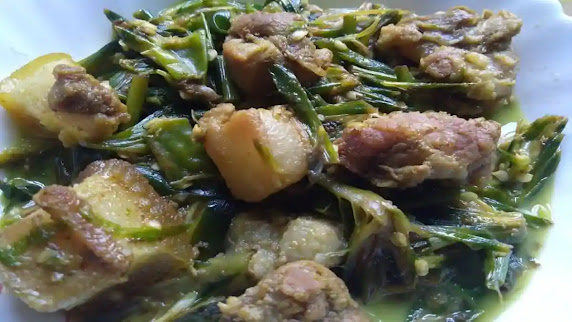The Rich Culture and Traditions of the Garo Community
GARO: The Rich Culture and Traditions of the Garo Community
Introduction:
The Garo community is one of the indigenous communities in northeastern India, primarily found in the states of Meghalaya, Assam, Tripura, and Nagaland. With a population of over a million people, the Garo community has a rich and diverse culture that has been shaped by their history, geography, and way of life. In this blog post, we'll explore some of the fascinating aspects of the Garo community's culture and traditions.
Garo Language and Literature:
The Garo community has its own language, known as Garo, which is a Tibeto-Burman language. The language has several dialects, including A·beng, Chisak, Atong, Ruga, and Matabeng. In addition to being a spoken language, Garo has a rich literary tradition that includes folktales, songs, and poems. Garo literature often revolves around themes of nature, village life, and social issues.
Festivals and Celebrations:
The Garo community celebrates several festivals throughout the year, which reflect their cultural heritage and traditions. Some of the major festivals include Wangala, Rongchu Gala, and Jamang Sia. Wangala is a harvest festival that is celebrated to express gratitude to the gods for a bountiful harvest. Rongchu Gala is a post-harvest festival celebrated in honor of the Garo ancestors. Jamang Sia is a festival that marks the beginning of the sowing season and is celebrated with singing, dancing, and feasting.
Traditional Dress and Ornaments:
The Garo community has a unique traditional dress that is worn during festivals and special occasions. The men wear a loincloth called Dakmanda, while women wear a blouse called Jaksép and a wraparound skirt called Dakmanda or Simmanda. Both men and women wear a headgear called Akhing, which is made of bamboo, cane, and feathers. The Garo community is also known for its intricate jewelry, made from materials such as beads, shells, and ivory.
Cuisine:
The Garo community's cuisine is largely based on rice, meat, fish, and vegetables. Popular dishes include Nakham Bitchi (dried fish stew), Waak Pura (pork cooked with herbs), and Chakoi (a type of bread made from rice flour). The Garo community also has a unique method of cooking meat called Sasat Songa, where the meat is cooked with the help of hot stones.
Conclusion:
The Garo community's culture and traditions are a reflection of their history, way of life, and beliefs. Despite facing several challenges, including cultural assimilation and environmental degradation, the Garo community has managed to preserve its unique identity and continue its rich cultural traditions. By learning about and appreciating the Garo community's culture and traditions, we can not only expand our knowledge but also promote cultural diversity and inclusion.







Comments
Post a Comment